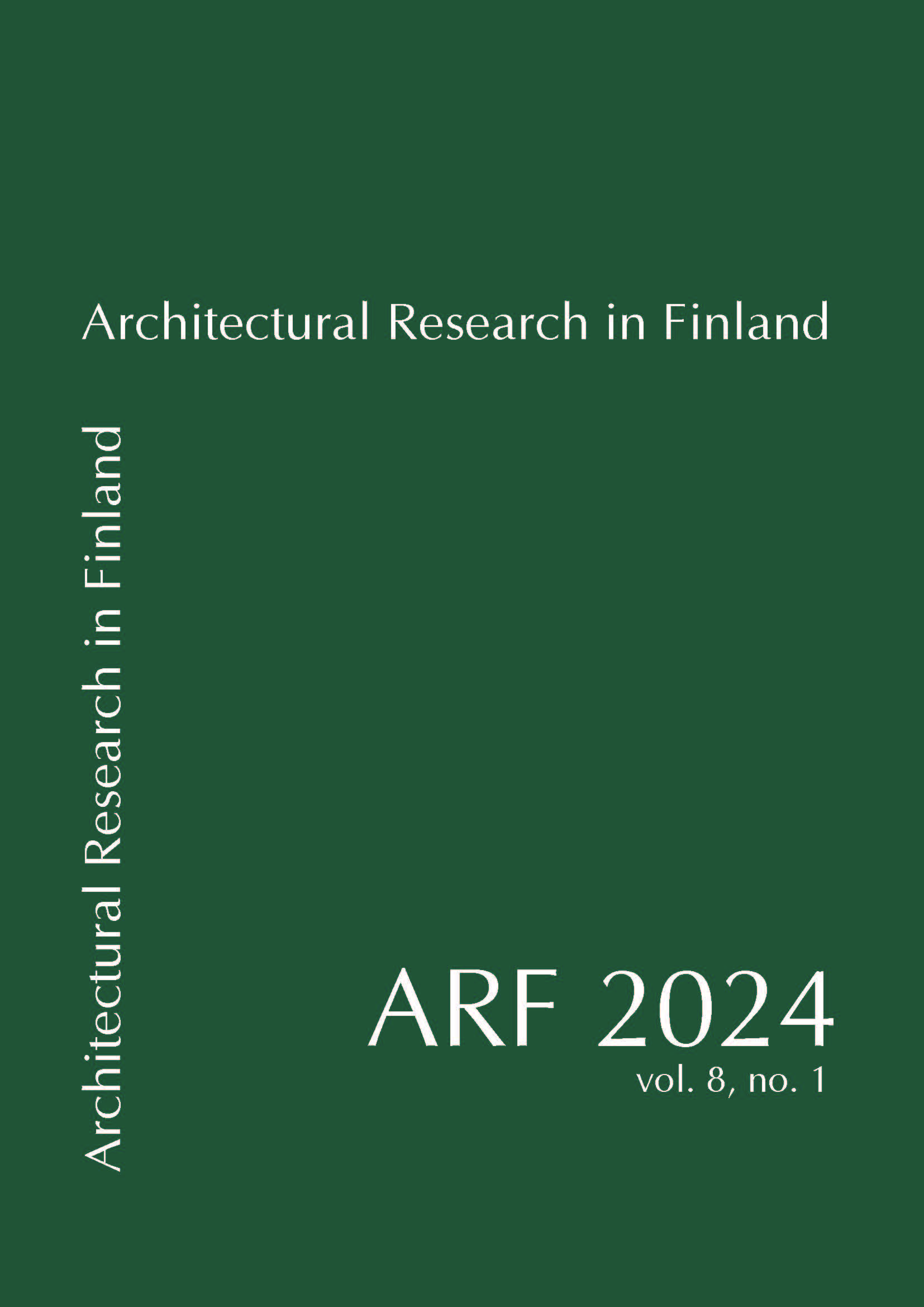Buildings as Objects
Competing Values of Built Heritage in Urban Renewal
DOI:
https://doi.org/10.37457/arf.147232Keywords:
city renewal, city planning, cityscape, architectural preservation, interpretation, canonizationAbstract
The railyard of the Tampere city center, Finland, has been under a massive city development for about 10 years. This article examines how the city planners and different participants have interpreted and recreated the urban space within one controversial planning process and how the different interpretations of the existing buildings are expressed and responded to within such a process. The aim of our study is to conceptualize the interplay between the experts’ and participants’ interpretations about the role of architectural heritage in urban renewal. The studied materials consist of 1) the survey reports written by planning and heritage professionals during the process and of 2) the participants’ comments collected in different phases of the process. We use content analysis methods to compare these two document types focusing on two specific buildings: the former railway workers’ union house Morkku and the old depot office building. We examine these two buildings to understand how and why they were set into competitive position and eventually other one was demolished to make room for the other one. The experts who were involved in the planning of the site and evaluation of the buildings focused on the visual and architectural qualities, but their interpretations were challenged by participants who interpreted the buildings rather as lived architecture than as architectural place or cityscape. We pay attention to how a planning process can accelerate canonization process (Bonta 1975 and 1979) and widen the scope of heritage by exposing certain buildings to the threat of demolition and therefore to the public evaluation. The analysis of this process brings up and questions the established status of architectural examination at the core of evaluation of the built heritage. In this article, we claim that the urban renewal in historical sites looks at the heritage buildings with a visually oriented expert gaze that risks degrading their significance to mere particles of the cityscape. This gaze instrumentalizes the buildings and, as in the presented case, may even put them to competitive position. The expert gaze alone is not sufficient to interpret the variety of significances of the urban heritage. Narrow interpretations cause damage to both, the planning process, and the built environment. The article also discusses the themes of social, cultural, and environmental sustainability while addressing the dominance of traffic planning and visual aspects of the city.




